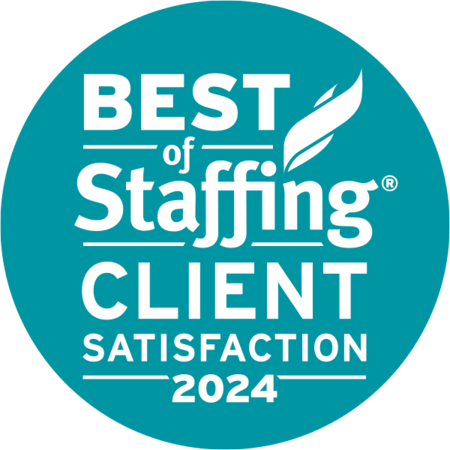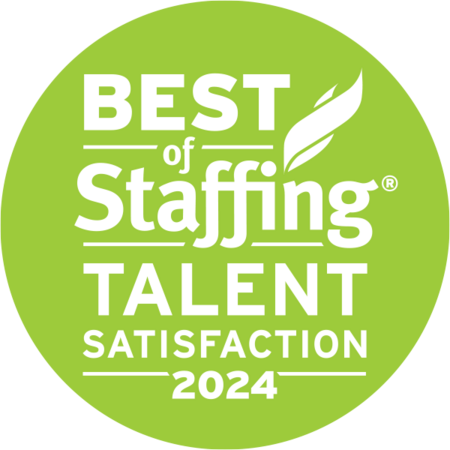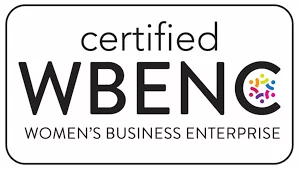Here’s a fact: You are going to lose talent. No matter how strong and aligned you think your team is, some employees are going to leave, especially given the current talent shortage.
So, if you can’t retain talent, what’s the next best thing? Send them out into the world with a great exit that will make them brand ambassadors for life.
Onboarding new employees has always been a primary focus for Accounting and Finance manager and their HR teams. Much care is put into implementing training programs, designing welcome programs and getting new team members up to speed quickly. Offboarding receives far less attention. HR leaders spend 8x more time creating and managing onboarding processes compared to offboarding. This is a mistake, especially in a candidate-driven market.
Your employee outplacement process should be well-defined, organized, efficient and positive. Whether you are starting from scratch or looking to improve your procedures, here are nine practical tips for offboarding.
1) Be Prepared to Lose Talent — Even Top Performers
Top talent has the advantage in today’s job market. The U.S. Bureau of Labor Statics reports a whopping 10.9 million open jobs .With competitors offering substantial salaries and enhanced benefit packages, employees will look for new opportunities. Now is the time to review how you manage your talent pipeline, award promotions and prepare rising talent for leadership roles.
2) Have Honest Conversations on How to Improve and Become More Competitive
When an employee hands you a resignation letter, plan to have an open conversation on why he or she is leaving. Exit interviews provide good insight into what’s working and what’s not in your organization. To avoid conflict, many employees might hesitate to share unguarded opinions about why they are leaving. Approach the conversation in a people-centric, empathetic manner. Explain that honest feedback is critical to improving culture, processes and the performance of the organization. Specifically ask for candid feedback on how to improve and become more competitive.
3) Document Why People are Leaving
When holding an exit interview, clearly and concisely document the reasons why an employee is transitioning out of the company. Exit data is an important tool in improving organizational pewwrformance and should be used as part of strategic planning. Depending on the size of your organization, exit interviews might be informal with note taking, or they may include surveys and forms. Regardless of your approach, you must have a mechanism for capturing and analyzing the information. This should be used in annual planning, retention and recruitment strategies and employee development programs.
4) Leave the Door Open for a Return
The lure of more pay and competitive perks may result in quick decisions. Sometimes former employees land in a company with a bad cultural fit. If the employee performed well and was an asset to your organization, leave the door open. Even later in their career, they may return with added experience and expertise. Ensure you have updated contact information, extend an invitation to participate in an employee alumni network and welcome her to reach out if the circumstances change.
5) Build Employee Confidence
Word-of-mouth travels fast when someone is leaving. As ambassadors of your company, consider how employees will talk about the organization as they transition out and when they are gone. When an employee exits, those who remain will notice how the situation was handled. People are your greatest asset, so build confidence through positive offboarding processes and transition planning. Also, job reviews significantly influence potential candidates. CNBC reported that 1 in 3 people have turned down a job offer because of a bad online review. Building employee confidence helps ensure reviews are more representative of a positive employee experience.
6) Ask for Referrals
Smart people surround themselves with other smart people. If a star employee is leaving on good terms, ask them for referrals. They may have strong insight about or connections with highly qualified potential candidates who can fill the position they are vacating.
7) Offer to be a Reference
If the employee performed well, offer to be a reference now and in the future. You may also offer to be a mentor or assist in future career planning.
8) Remain Positive, Cordial and Gracious in the Send-Off
Thank employees for their service and ensure they feel valued for their contributions. No matter how bittersweet, a proper goodbye is important. Plan something to recognize their next chapter. It’s nice to host a lunch or happy hour for departing employees while building morale for the remaining team.
9) Plan for Succession
Don’t wait for talent to leave. Include employees in your corporate strategy. Communicate organizational performance and strategic changes. Have SMART goals and key performance indicators for every person. Prioritize professional development and upward mobility and develop a talent management strategy for retention and recruiting. Succession isn’t a one-time event to address a sudden departure. Incorporate it into your monthly, quarterly and annual planning.
Need help finding talent or developing an offboarding plan? Tap into Alliance Resource Group’s resources and expertise.
Related Articles
The Many Perks of a Hybrid Work Policy





